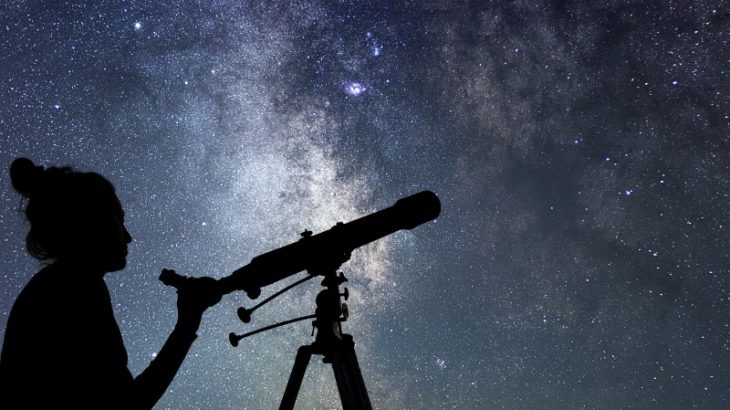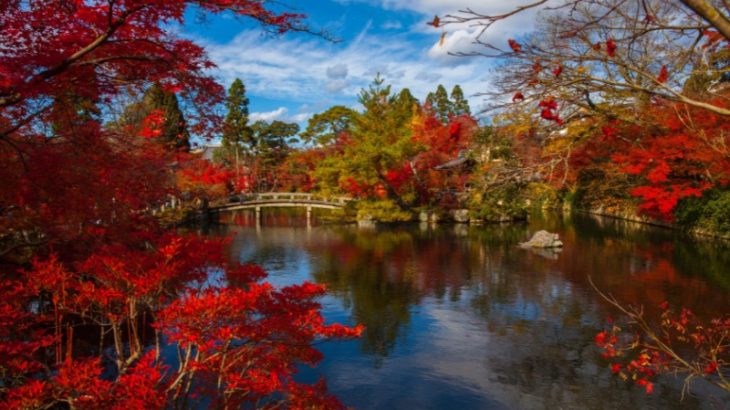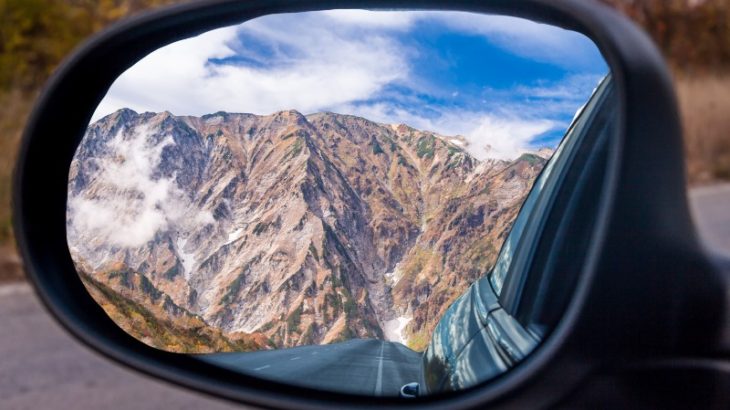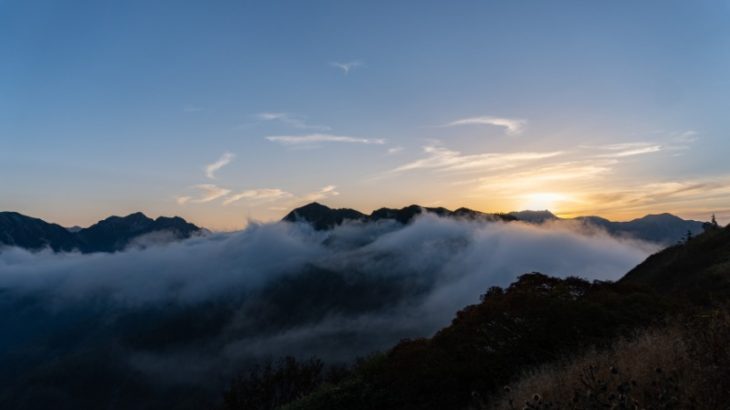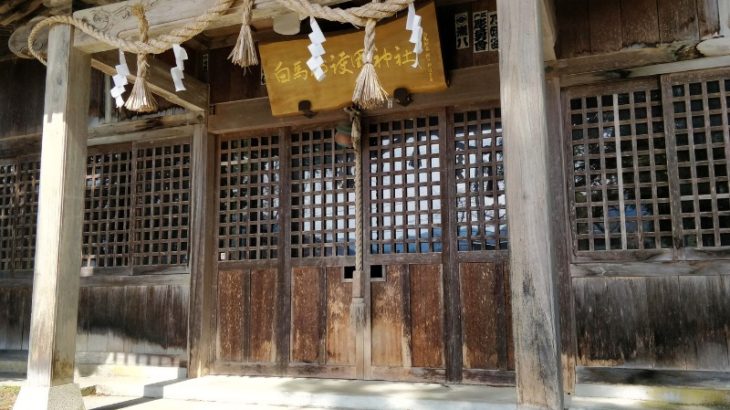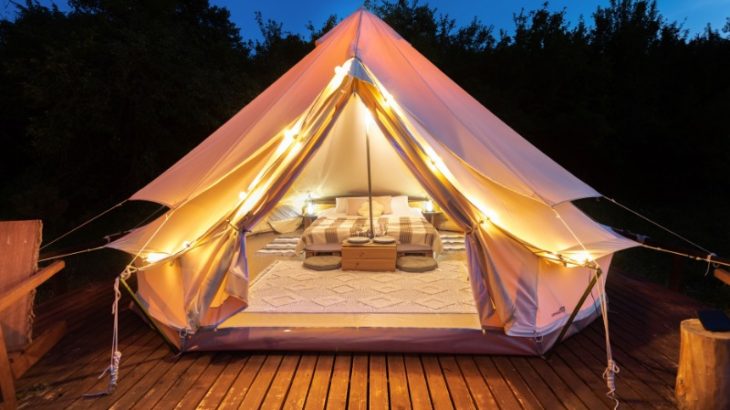Stand beneath the Japan night sky as the Milky Way stretches to the horizon.
The light that reaches your eyes is millions of years old. Looking at the stars is a journey through history. It tells the story of the universe’s birth.
Whether on the secluded shores of Okinawa or the secluded peaks of Hakuba’s mountains, Japan offers unparalleled celestial views that captivate both the novice and the seasoned stargazer alike.
In this article, we will explore the best places to stargaze in Japan and provide some tips for planning your own stargazing adventure.
What Makes Japan Ideal for Stargazing
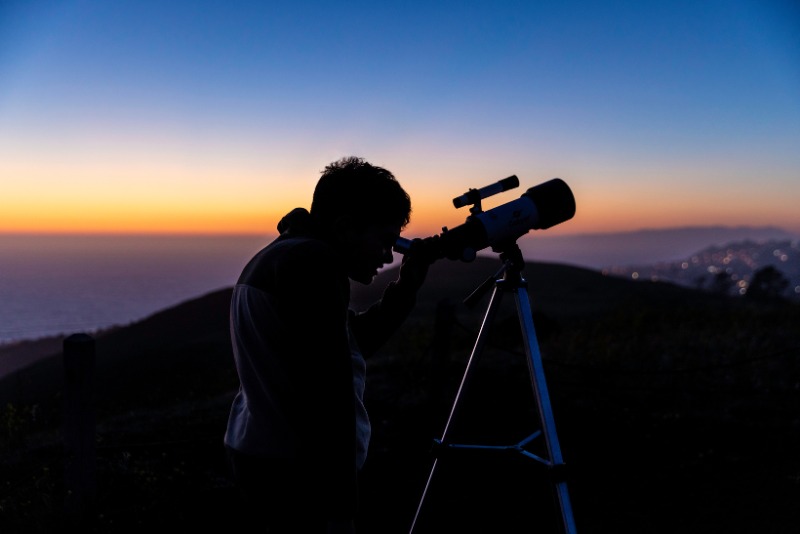
Japan’s latitude and favorable climate contribute to clear skies. Locations like Hokkaido, the Japanese Alps, and remote places like the Iriomote–Ishigaki National Park and Achi Village in Nagano Prefecture offer some of the clearest, darkest skies, perfect for stargazing.
The Japan Night Sky and Light Pollution
Japan has made significant efforts to preserve its dark skies. Many regions have implemented measures to reduce light pollution, ensuring the twinkling stars shine brightly. Areas like Achi Village and Bisei Town are renowned for their commitment to maintaining night sky quality, making them ideal for stargazing.
Best Stargazing Spots in Japan
Iriomote-Ishigaki National Park, Okinawa
This is Japan’s first International Dark Sky Park, offering some of the darkest skies in the country. The International Dark Sky Association designated Iriomote-Ishigaki National Park as an International Dark Sky Park, highlighting its efforts to preserve dark skies and promote responsible lighting policies.
Kozushima, Tokyo
Kozushima’s commitment to dark sky preservation, combined with its natural beauty and accessibility from Tokyo, makes it an ideal destination for stargazing enthusiasts and those seeking a unique remote island experience.
Bisei Town, Okayama
Bisei enacted Japan’s first light pollution prevention ordinance over 30 years ago, making it a pioneer in dark sky preservation. Bisei Town’s dedication to preserving its dark skies, astronomical facilities, and cultural significance make it an exceptional destination for stargazers in Japan. The Bisei Astronomical Observatory is a popular visitor spot, offering educational programs and stargazing tours.
Lake Mashu, Hokkaido
This clear lake in Akan Mashu National Park offers spectacular stargazing opportunities. On calm nights, you can see the starry sky reflected in the lake. The caldera lake setting provides panoramic, 360-degree views of the night sky.
Achi Village, Nagano
This small town in Nagano’s mountains is one of Japan’s most popular stargazing spots. Achi Village, a remote location, offers exceptional starry nights. In 2006, Japan’s Ministry of Environment recognized Achi as the top place in Japan for observing beautiful stars. The village’s high altitude, minimal light pollution, and dedicated stargazing facilities make it an exceptional destination for astronomy enthusiasts and casual stargazers.
Ashibetsu, Hokkaido
Located in central Hokkaido, this area is known for its lack of artificial light sources, making it excellent for stargazing. The Ashibetsu Star Village is a designated Dark Sky Park and offers workshops, events, and tours for stargazing enthusiasts. The mountain provides a high-altitude viewing point for stargazers, away from city lights.
Hakuba, Nagano
Nestled in the Japanese Alps, Hakuba is known for its stunning mountain vistas and clear night skies. It’s an excellent destination for combining stargazing with outdoor activities like hiking and mountain biking. Many of Hakuba’s ski resorts offer guided stargazing events during Hakuba’s fall and summer.
Stargazing Tips and Tricks
Here are some practical tips and tricks for your stargazing trip.
Equipment
To make the most of your stargazing experience, you’ll need some essential equipment:
- Binoculars or Telescopes: These tools will bring distant stars and planets into clearer view.
- Star Maps, Star Charts, or Apps: Use tools like Star Walk 2 Free or a star chart to help identify constellations and locate celestial bodies, enhancing your astronomical observations.
- Comfort Items: Bring a comfy chair, warm clothing, and snacks to enjoy your evening under the stars.
- Warm Clothing: Dress warmly, even in summer, as temperatures can drop significantly at night, especially in mountainous areas. Layers, hats, gloves, and good shoes are recommended.
- Reclining Chair or Blanket: A comfortable reclining chair or blanket allows you to lie back and enjoy the starry sky for extended periods.
- Camera (optional): A camera with a wide-angle lens and a sturdy tripod can help you capture the beauty of the night sky.
- Bug Spray: In some areas, especially during summer, mosquitoes and other insects can be a nuisance, so that bug spray may come in handy.
Practical Tips
Stargazing can be enjoyed year-round, but fall offers some of the clearest skies. Always check weather forecasts and choose nights when the sky is clear of clouds. Use red flashlights to read star charts, essential for identifying celestial bodies and enhancing your stargazing experience without affecting your night vision.
Safety and Etiquette
Respect your surroundings and fellow stargazers. Keep noise levels down, avoid using bright lights, and always clean up after yourself. Remember, preserving the natural environment ensures that future generations can enjoy the beauty of the night sky.
When to go Stargazing
Here are some general astronomical events that occur annually for Japanese stargazers, organized by the four seasons:
Spring (March-May)
Spring presents a beautiful opportunity for stargazing, with the mild weather and longer nights.
- Lyrid Meteor Shower: Peaks around April 22-23, offering a moderate number of shooting stars.
- Eta Aquarids Meteor Shower: Peaks around May 6-9, known for its fast-moving meteors.
Summer (June – August)
Summer stargazing brings warm, comfortable nights perfect for observing the abundance of celestial events and constellations that light up the summer skies.
- Southern Delta Aquariids Meteor Shower: Peaks around July 30, known for its faint meteors.
- Perseid Meteor Shower: Peaks around August 12-13, one of the most popular and active meteor showers.
Autumn (September – November)
Autumn stargazing offers crisp, cool nights, a spectacular array of stars, and celestial events.
- Draconid Meteor Shower: Peaks around October 8-9, best viewed in the early evening.
- Orionid Meteor Shower: Peaks around October 21-22, known for its bright and fast meteors.
- North Taurid Meteor Shower: Peaks around November 13, known for a few bright fireballs.
- Leonid Meteor Shower: Peaks around November 18-19, known for its historical meteor storms.
Winter (December – February)
Winter stargazing provides some of the clearest and most tranquil nights of the year, offering dazzling views of constellations and celestial events despite the colder temperatures.
- Quadrantid Meteor Shower: Peaks around January 3-4, known for its intense but brief peak.
Conclusion
Stargazing in Japan is more than just an activity—it’s an opportunity to connect with the universe and explore the wonders of the night sky. Whether in the elevated heights of Hakuba or the remote beaches of Okinawa, Japan offers some of the best stargazing experiences in the world.
FAQ
What is the best time to go stargazing in Japan?
While stargazing can be enjoyed year-round, fall offers some of the clearest skies. The August Perseids Meteor Shower is also famous for stargazing events.
Do I need special equipment for stargazing?
While you can enjoy stargazing with the naked eye, binoculars or a telescope will enhance your experience. Star maps or stargazing apps are also helpful for identifying constellations.
Are there guided stargazing tours available in Japan?
Many regions offer guided stargazing tours, particularly during meteor shower events. Tours are often led by local astronomy experts, providing a deeper understanding of the night sky.
Can you see the Milky Way in Japan?
Yes, the Milky Way can be seen in Japan on clear, dark nights away from light pollution. Some of the best places to see it include the rural areas of Hokkaido and Okinawa. The Southern Cross constellation can also be seen in some parts of Japan during certain times of the year.
Can you stargaze at Mount Fuji?
Mount Fuji is a popular stargazing spot due to its elevation and clear skies. However, for safety reasons, the summit of Mount Fuji is closed to visitors at night. Instead, it is recommended to stargaze at nearby locations such as Lake Kawaguchiko or Yamanakako.
What is the Japanese name for the night sky?
In Japanese, the night sky is called “yozora” (夜空), which translates to “night air.” This term reflects Japanese culture’s poetic and romantic view of the night sky. Other related terms include “hoshizora” (星空), meaning “starry sky,” and “tsukiakari” (月明かり), meaning “moonlight.”

